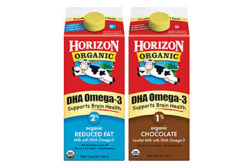Formulating dairy foods with omega-3s
Consumers are all for omega-3s, but many don’t consume the recommended daily amounts. Dairy products are an excellent delivery vehicle, but fortifying dairy foods with the fatty acids is challenging on many levels.
Read More


